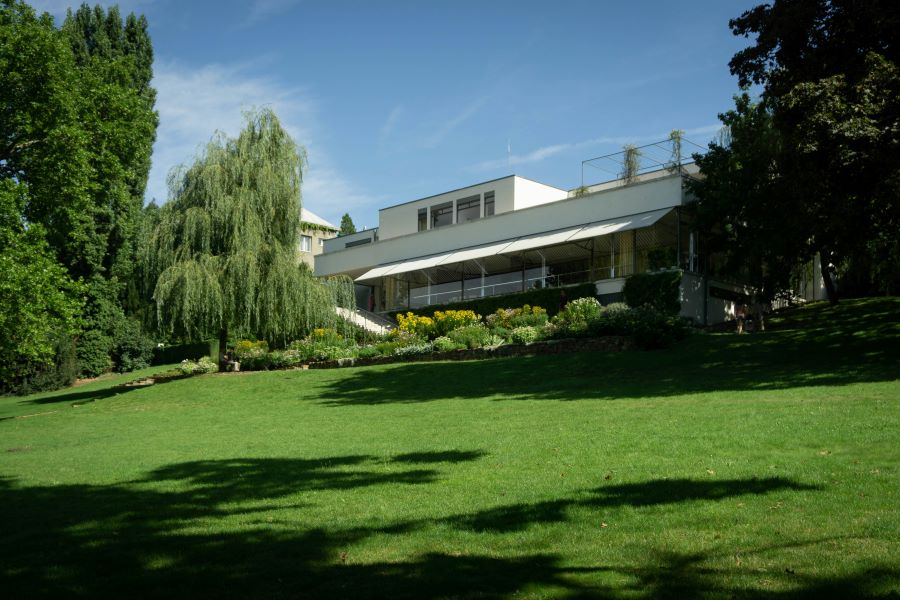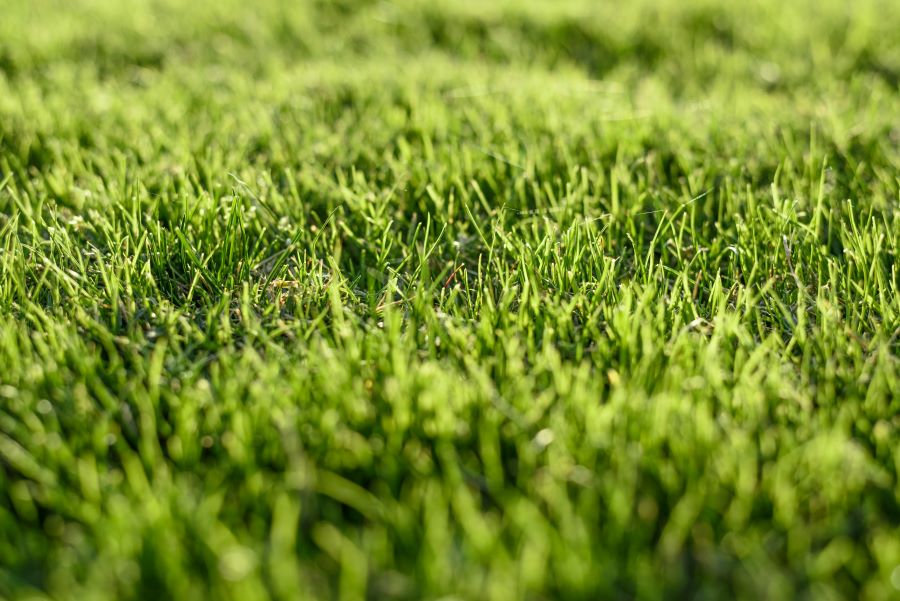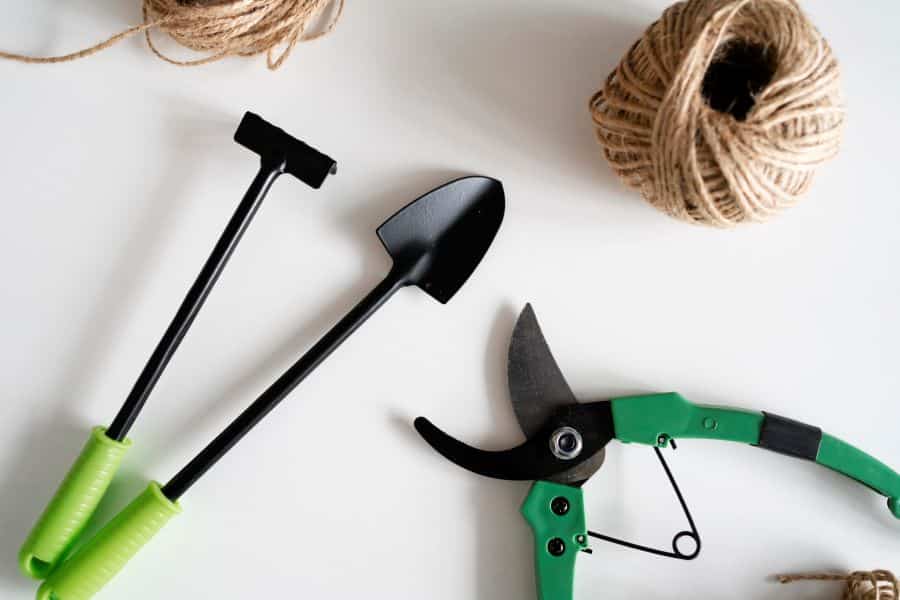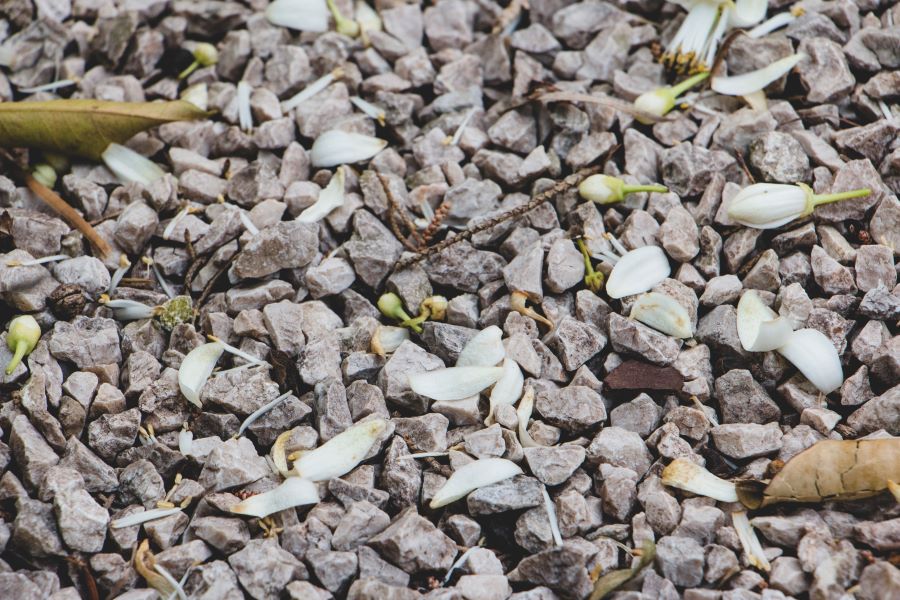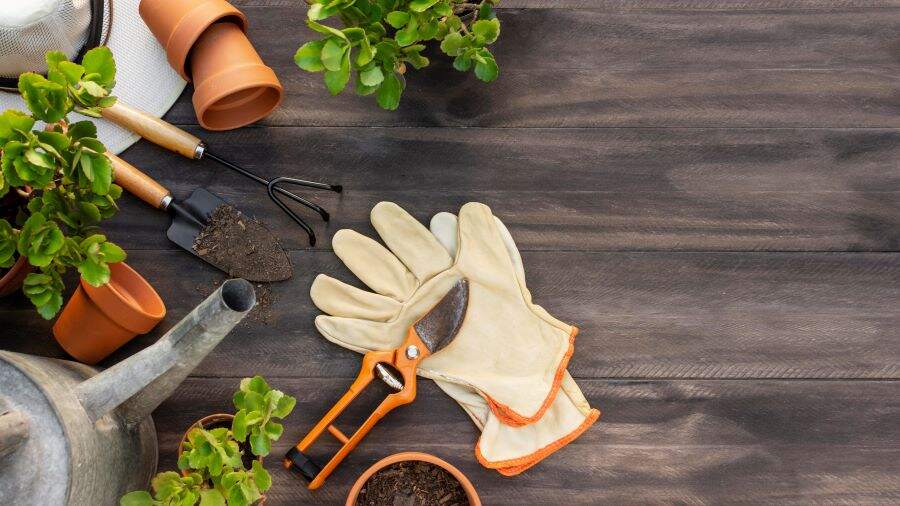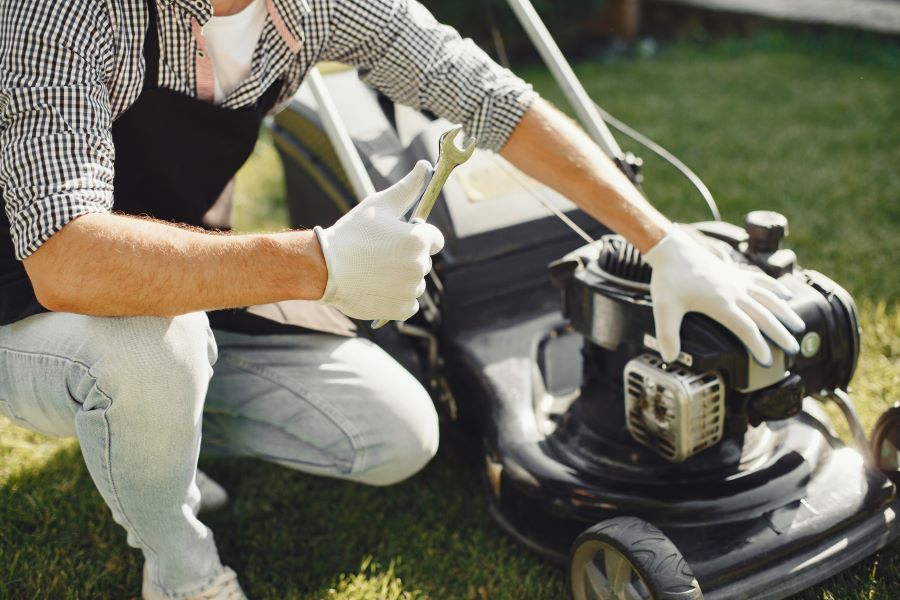Mastering the Challenge: How to Landscape a Sloped Backyard for Maximum Impact
Designing a sloped backyard is an exciting chance to reimagine your outdoor space. You can create a practical and visually appealing yard with thoughtful slope landscaping techniques.
Learn how to landscape a sloped backyard and turn obstacles into opportunities.
What is a Sloped Backyard Makeover?
A sloped backyard makeover focuses on overcoming challenges unique to uneven terrain, like stability and water runoff, while enhancing functionality and beauty. Techniques such as backyard terracing add structure and visual depth, creating defined levels for planting or outdoor activities.
By incorporating creative sloped backyard ideas like winding pathways or retaining walls, you can balance style with practicality. Addressing essential concerns like erosion control solutions and water management ensures your design remains sustainable over time. Strategic use of slope-friendly plant selection further stabilizes the soil and enriches the yard’s natural charm.
How to Landscape a Sloped Backyard?
The landscaping of a sloped backyard can transform a difficult area into a functional and attractive outdoor space. Slopes can create depth and character in your garden, but you must also plan your landscape to deal with stability, erosion, and water flow. Below are steps on how to landscape a sloped backyard efficiently.
Assessing the Terrain
Before you make design decisions, it is important to consider the slope’s specific characteristics. Understanding the terrain will help you create an enduring foundation for your project and avoid problems in the long run.
Evaluate Slope Degree
The slope’s steepness determines the kind of landscaping that works best. The gentle slopes are perfect for seating, gardens, and seating areas, whereas steeper slopes, such as retaining walls, might require greater structural support.
Measure the slope’s angles using tools such as an inclinometer or a level. This measurement will help you make decisions about landscaping hillsides for aesthetics and stability.
Soil Type and Drainage
The quality of soil is an important aspect of slope landscaping. Moist soils will provide enough water for plants, whereas sandy soils drain too fast, making them susceptible to erosion.
Examine your soil to determine its composition and modify it according to the needs of compost or other organic material. A proper drainage system is essential. If you notice that water is accumulating near the base of the hill, you should install French drains or swales to allow runoff to flow away.
Design Techniques for Maximum Impact
The transformation of a sloped backyard requires creative ways to make it attractive and functional. With smart design and innovative ideas, you can redefine what to do with sloped backyard areas.
Terracing for Stability and Aesthetics
Terracing is among the most effective methods of maintaining a slope. By dividing the slope into flat areas, you can create the space needed for patios, gardens, or pathways.
Create retaining walls with stones, cement, or even timber to create a sturdy structure that is seamlessly integrated with the natural surroundings. Adding artificial grass between pavers on terraces will improve functionality and decrease maintenance.
Incorporating Multi-Level Pathways
Pathways can add design and functionality to a sloped garden. Switchback pathways, zigzagging upwards or downwards down the slope, are perfect for steep inclines as they aid in navigation and minimize erosion.
Use materials such as brick, gravel, and artificial turf for long-lasting and visually appealing paths. Lighting on the pathway can add a sense of security and ambiance, especially in the evening.
Choosing the Right Plants for Sloped Backyards
Plants are crucial for adding color and preventing slope erosion. Picking plants that thrive on slopes ensures your landscape is attractive and sustainable.
Erosion-Control Plants
Deep-rooted plants are ideal for securing soil on steep slopes. Plants like creeping juniper ivy or ornamental grasses can hold on to loose soil, reducing erosion and runoff. Plant groups to fill large areas with ease.
Decorative Plant Arrangements
Blend flowers with plants in layers to create a lively and welcoming design. Mix different plants as well as textures for a visual appeal. Incorporating artificial grass products in areas where plants are struggling to grow will give you a smooth, easy-to-maintenance appearance.
Native and Low-Maintenance Plants
Native plants are suited to the area’s climate and require less water and maintenance. Look into drought-tolerant species such as lavender, yarrow, or succulents to shade sunny slopes. Native ferns and mosses do best in shaded areas and can enhance natural beauty while reducing erosion risk.
Tips for Water Management
The sloped backyards of sloping areas often need help with water, like water runoff and unbalanced water hydration. A properly managed water system will ensure the long-term stability and health of your backyard.
Installing Proper Drainage Systems
In the absence of proper drainage, water may ruin plants and soil. To direct water away from weak areas, French drains or even dry beds for creeks should be installed. Swales, which are shallow, vegetated ditches, can also help redirect water flow and improve the landscape.
Irrigation for Slopes
Slopes require irrigation systems designed to avoid runoff. Drip irrigation is an excellent option that delivers water directly to the roots of plants without the need to saturate the soil. For areas with little vegetation, you can consider installing synthetic turf, which eliminates the need for irrigation while keeping a clean, green appearance.
Factors to Keep in Mind When Planning Sloped Backyard Designs
- Accessibility: Add steps or paths to make slopes easy to navigate. Artificial grass edging should be used for clean, low-maintenance borders.
- Budget: Slope designs often require higher investment for retaining walls or drainage systems, so plan accordingly.
- Sustainability: Opt for native plants, erosion-control measures, and water-efficient options like artificial turf.
- Purpose: Define your goals, whether for gardening, entertaining, or relaxing, to tailor the design effectively.
For personalized solutions, contact our artificial turf specialists for expert guidance.
Advantages and Disadvantages of a Sloped Backyard
Advantages
- Unique Design Potential: Slopes offer dynamic layouts, like terraced gardens or multi-level patios.
- Natural Drainage: Properly managed slopes reduce water pooling.
Disadvantages
- Erosion Risks: Without stabilization, slopes are prone to runoff.
- Higher Costs: Structural elements like retaining walls can increase expenses.
To simplify care and enhance functionality, use artificial grass edging and consult our experts by contacting our artificial turf specialists for tailored recommendations.
Maintenance Tips for Sloped Backyards
- Prevent Erosion: Regularly inspect for soil movement or runoff after heavy rain. Add mulch or ground cover plants to stabilize exposed areas.
- Check Drainage Systems: Ensure that French drains, swales, or other water management solutions remain debris-free to prevent blockages.
- Trim and Prune Regularly: Keep plants, shrubs, and trees well-maintained to avoid overgrowth and improve slope stability.
- Reinforce Structures: Periodically inspect retaining walls or terraces for cracks or signs of wear and address any issues promptly.
- Simplify Maintenance: Use artificial turf to eliminate mowing on steep inclines, and consider artificial grass edging for a neat, low-maintenance finish.
Overcoming the Challenges of Sloped Backyards
A sloped backyard offers a unique opportunity to embrace nature’s challenges and turn them into standout features. Beyond aesthetics, these landscapes encourage innovative thinking, blending form and function in ways that flat yards cannot achieve. By addressing slope-specific concerns like stability and water management, you enhance your yard’s usability and create a space that evolves beautifully over time.
The key to success lies in understanding your slope’s potential and treating it as an asset rather than a limitation. Whether through creative planting, structural designs, or sustainable elements, a sloped backyard can become a dynamic, ever-changing landscape that adds value and charm to your property.



